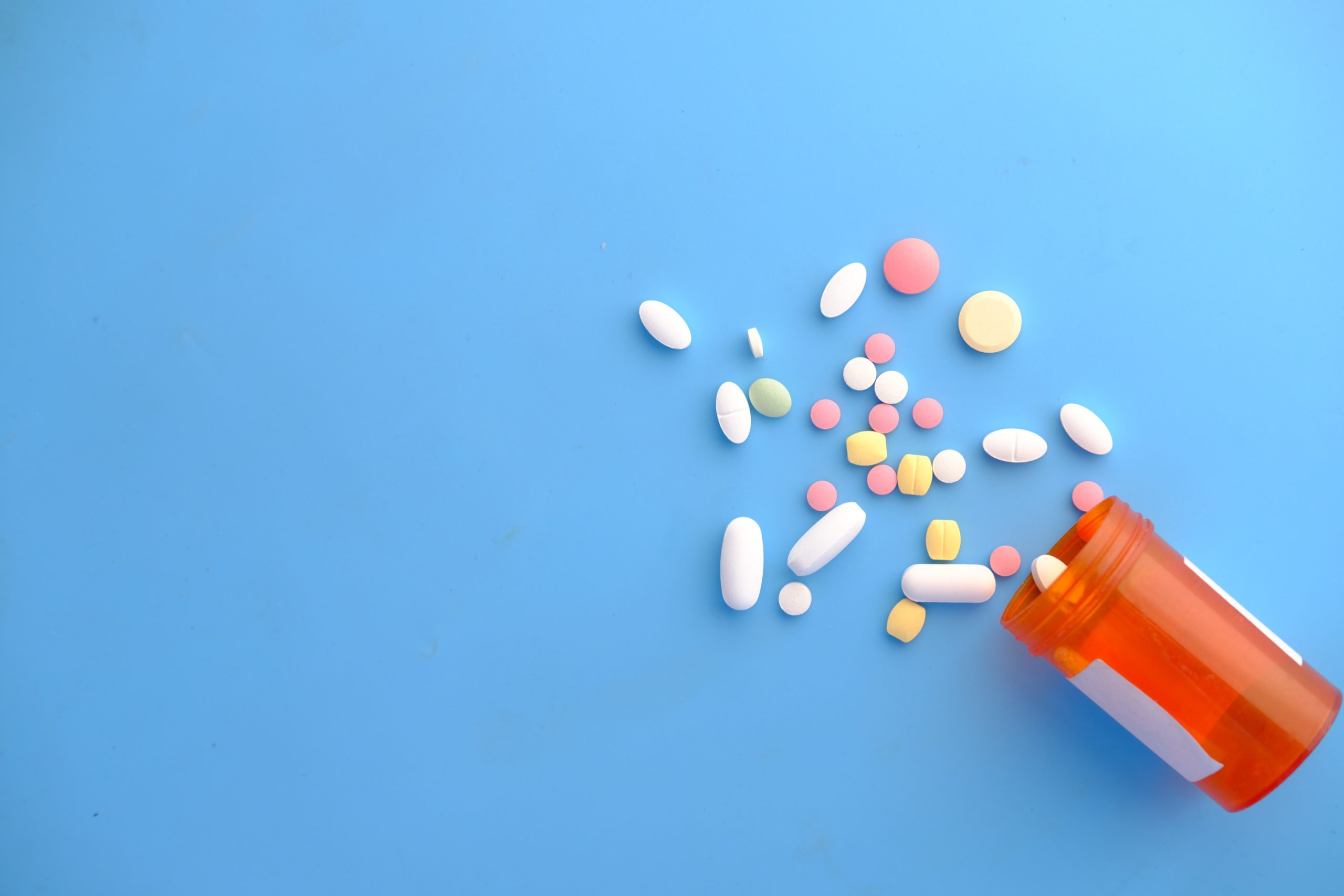Medication and Sun Sensitivity
Some Medications Can Make Your Skin Sensitive to the Sun

Exposure to the sun's rays can be enjoyable and even beneficial in moderation. However, it is important to be aware that certain medications can make your skin more susceptible to the harmful effects of the sun. This condition, known as photosensitivity or sun sensitivity, can increase the risk of sunburn, rashes, and other skin irritations. To protect your skin while using these medications, it is crucial to understand which drugs can cause photosensitivity and take appropriate precautions.
According to the American Academy of Dermatology (AAD), numerous medications—both prescription and over-the-counter—have been known to cause photosensitivity. These include certain antibiotics (such as tetracyclines, fluoroquinolones, and sulfonamides), non-steroidal anti-inflammatory drugs (NSAIDs), diuretics, antidepressants, antihistamines, retinoids, and even some herbal supplements. The AAD emphasizes that these medications can alter the skin's response to UV radiation, making it more vulnerable to sun damage.
The Skin Cancer Foundation also highlights the risk of photosensitivity caused by medications. They state that some drugs can increase the skin's sensitivity to the sun's harmful ultraviolet (UV) rays, leading to sunburns, blistering, and skin discoloration even with minimal exposure. It is important to note that photosensitivity reactions can vary from person to person, and some individuals may be more susceptible than others.
To protect your skin from sun sensitivity caused by medications, consider the following precautions:
- Read medication labels: It is crucial to carefully read the labels and package inserts of any medications you are taking. Look for specific warnings or instructions regarding photosensitivity or sun sensitivity. If you have any doubts or questions, consult your healthcare provider or pharmacist.
- Seek shade and avoid peak sun hours: Limit your sun exposure during peak hours when the sun's rays are the strongest, typically between 10 a.m. and 4 p.m. If you need to be outside, stay in the shade as much as possible, especially if you are taking medication that increases photosensitivity.
- Wear protective clothing: Covering up exposed skin can significantly reduce the risk of sun damage. Opt for lightweight, long-sleeved shirts, long pants or skirts, and a wide-brimmed hat to protect your face and neck. Consider using sun-protective clothing with a high ultraviolet protection factor (UPF) for added defense.
- Apply sunscreen correctly: Apply a broad-spectrum sunscreen with a high sun protection factor (SPF) of 30 or higher to all exposed skin, including your face, neck, ears, and any other areas not covered by clothing. Reapply every two hours or more frequently if you are sweating or swimming.
- Use additional sun protection measures: In addition to sunscreen, wear sunglasses that block both UVA and UVB rays to protect your eyes. Use a lip balm with SPF to shield your lips from sunburn as well.
- Stay informed and consult your healthcare provider: Keep your healthcare provider updated about the medications you are taking and any changes in your skin's reaction to the sun. They can provide guidance on managing photosensitivity and suggest alternative medications if necessary.
Both the American Academy of Dermatology and the Skin Cancer Foundation provide valuable resources and information on photosensitivity caused by medications. By following their guidelines and taking appropriate precautions, you can reduce the risk of sun-related skin problems while using medications that can make your skin more sensitive to the sun.
Remember, photosensitivity reactions can persist for some time even after discontinuing a medication, so it is important to remain cautious about sun exposure for several weeks afterward. Prioritize the health and well-being of your skin by being vigilant and taking the necessary steps to protect it from the sun's harmful rays.
Some examples of medications that may impact your photosensitivity can be found below. It is important to remember that not all medications may have the sam effect and actual effects may vary by individual.
Antibiotics:
• Tetracyclines (e.g., doxycycline, minocycline)
• Fluoroquinolones (e.g., ciprofloxacin, levofloxacin)
• Sulfonamides (e.g., sulfamethoxazole-trimethoprim)
Non-Steroidal Anti-Inflammatory Drugs (NSAIDs):
• Ibuprofen
• Naproxen
Diuretics:
• Hydrochlorothiazide
• Furosemide
Antidepressants:
• Amitriptyline
• Fluoxetine
Antihistamines:
• Diphenhydramine
• Cetirizine
Retinoids:
• Isotretinoin
• Tretinoin
Herbal Supplements:
• St. John's Wort
• Dong quai
Please note that this is not an exhaustive list, and there may be other medications that can cause photosensitivity. It's important to consult with your healthcare provider or pharmacist to determine if any medications you are taking have the potential to increase your skin's sensitivity to the sun.
Prevention
Sunscreen protects against some harmful rays. According to the American Academy of Dermatology Association, it is most effective if:
- It’s broad-spectrum, protecting against both UVA and UVB light.
- You put it on 15 to 30 minutes before going out in the sun.
- You reapply it every two hours.
- You make sure to use enough — use at least 1 ounce of sunscreen to cover your entire body.
- Double-check your sunscreen’s expiration date.
Avoid going out in the sun during the peak hours of intensity — between 10 a.m. and 2 p.m. And while sunscreen helps, wearing protective clothing, such as a broad-brimmed hat and long sleeves, is a better strategy to minimize the risk of drug-induced sunburns.
Sources:
- American Academy of Dermatology. (n.d.). Drug-Induced Photosensitivity. Retrieved from https://www.aad.org/public/diseases/rashes/drug-reactions-photosensitivity
- Skin Cancer Foundation. (n.d.). Photosensitivity. Retrieved from https://www.skincancer.org/risk-factors/photosensitivity/
